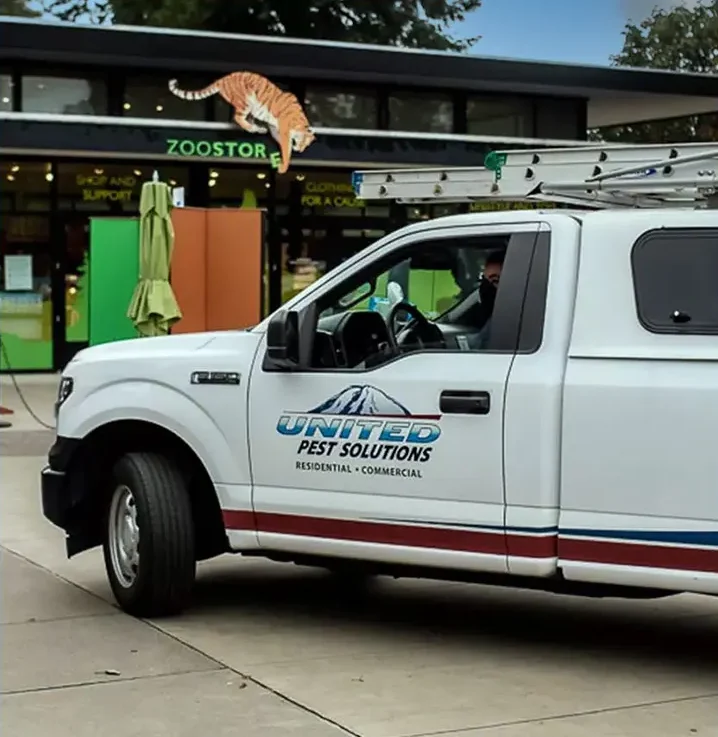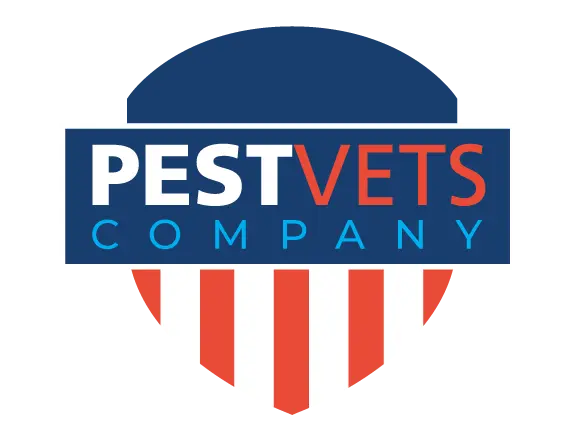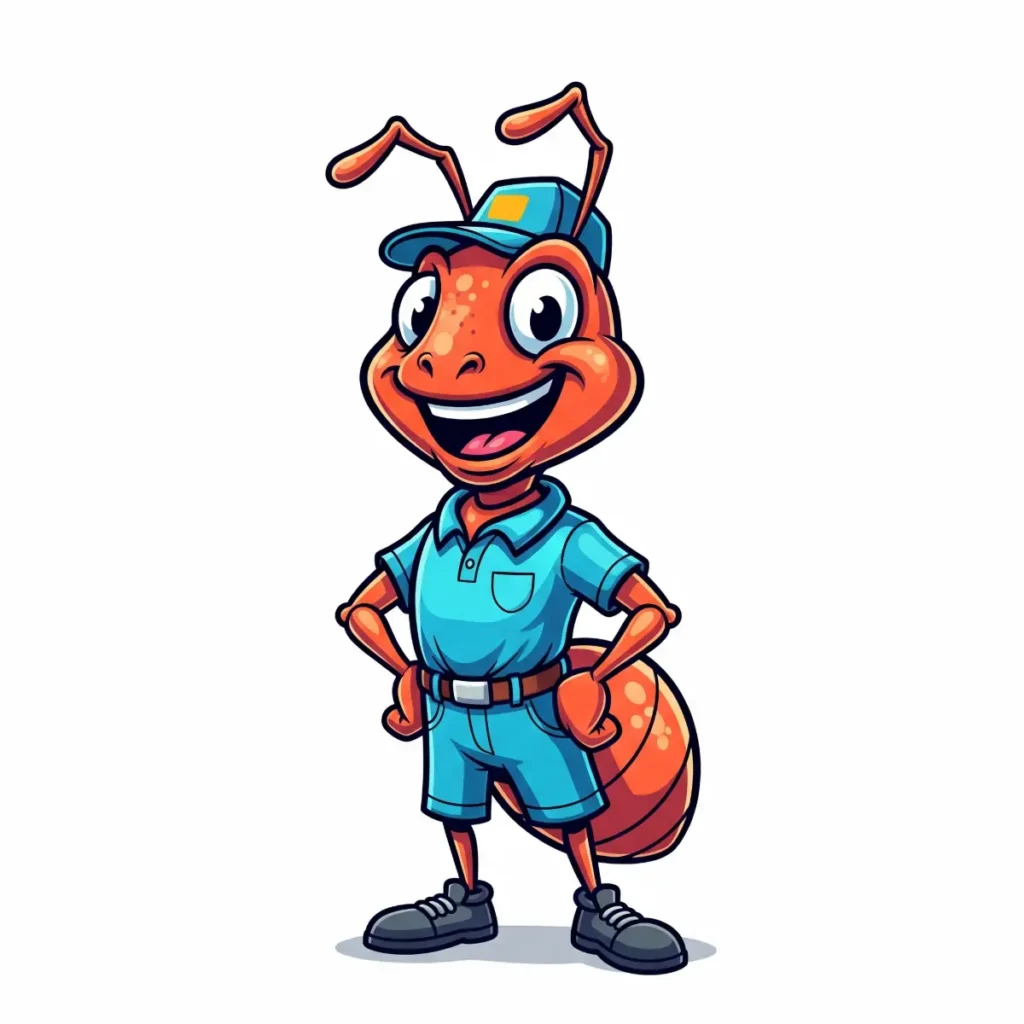Orb Weavers make a two dimensional circular web. This is one of the most familiar types of webs, which may span up to 8 inches, and consists of a stretchy spiral silk. The orb web is specifically engineered to capture flying insects. They are well known because they grow to be large, conspicuous, and colorful. There are several types of Orbweavers, although the Marbled Orbweaver is most commonly found in the Northwest. They live in moist wooded environments, especially along streams, rivers or near swamps.
Spider Habits
Even though spiders are beneficial due to their role as predators of insects and other arthropods, they still are a common Northwest pest as many people fear or dislike spiders because of their looks, speed of travel and sometimes reactive bites. Most spider bites occur as a reaction or for protection at night when spiders are more likely to move about in our structures and when we may roll over them during our sleep or sit on one in a piece of furniture. This can be a disconcerting thought which is why many people like to control their populations inside while allowing them to perform their role of insect population control on the outside.
Biology of Spiders
Spiders resemble insects and sometimes are confused with them, but they are arachnids, not insects. Spiders have eight legs and two body parts: a head region (cephalothorax) and an abdomen. They lack wings and antennae. Although spiders often are found on plants, they eat mainly insects, other spiders, and related arthropods, not plants. Most spiders have toxic venom, which they use to kill their prey. However, only those spiders whose venom typically causes a serious reaction in humans are called “poisonous” spiders.



